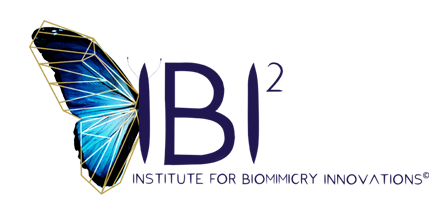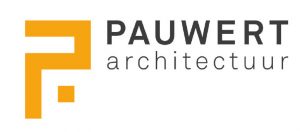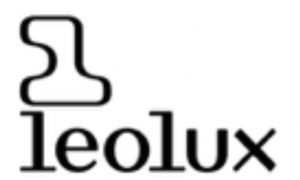IBI²
Het IBI² team is van alle markten thuis. Wij zijn idealisten met een hart en een grote realiteitszin. Met onze systeemgerichte mindset leggen we graag uit why, what en how het mogelijk is. Onder aan deze pagina zie je hoe onze klanten dit ervaren.
Vision
IBI² IBI² is committed to sustainability and a circular economy, with the Blue Economy as its foundation. The Blue Economy basically is holistic systems thinking, in which the integral system and the connections are as important as the individual particles. By applying scientific insights, Blue Economy comes up with technological solutions, regionally reinforcing economic principles and new business models.
Dit betekent dat wij afval zien als een grondstof voor nieuwe producten. Elk onderdeel van elk product dient opnieuw bruikbaar of biologish afbreekbaar te zijn. Door technische innovaties te koppelen aan ons ecosysteem zijn wij in staat om afvalstromen te reduceren en hiermee een nieuw industriebeleid te realiseren.
“De oplossingen van IBI² combineren altijd meerdere Sustainable Development Goals”.
5 B-Design
Bij biomimicry en bionic ligt de nadruk op het imiteren van de natuur. De natuur is met 3.85 miljard jaar ervaring de grootste uitvinder van duurzame oplossingen die energie- en materiaal efficiënt zijn zonder afval te creëren.
Biodesign is het gebruik van levende organismen zoals bacteriën of planten bij het ontwerpen van producten.
Bionic is de studie van mechanische systemen die functioneren als levende organismen of delen van levende organismen. De term bionic is afgeleid van de samentrekking van het Griekse woord bios ’leven’ en Tecnica ‘techniek’, dus letterlijk ’levenstechniek’.
Biomimicry is het leren en vervolgens het nabootsen van natuurlijke vormen, processen en ecosystemen om duurzamere ontwerpen te maken. Bij biomimicry kijken we niet naar wat we aan de natuur kunnen onttrekken, maar wat we ervan kunnen leren. De term biomimicry is afgeleid van de samentrekking van de Griekse woorden bios ’leven’ en mimesis ’imiteren’, dus letterlijk ’het leven imiteren’.
Biophilia is een opkomend veld dat gericht is op het aanpakken van onze phsychologische behoeften om rondom de natuur te zijn. Blootstelling aan afbeeldingen van de natuur kan helpen bij de genezing, de hersteltijd herstellen, positieve gevoelens te stimuleren en negatieve gevoelens te verminderen. Biophilic design is een duurzame ontwerpstrategie waarin mensen opnieuw worden verbonden met de natuurlijke omgevingsfactoren.
Biobased materialen zijn materialen die hoofdzakelijk bestaan uit natuurlijke organische grondstoffen. De Biobased wetenschap is op vele manieren betrokken bij de transitie naar de biobased economy. Die transitie is niet eenvoudig want fossiele grondstoffen zijn niet simpelweg inwisselbaar voor biomassa als grondstof. De kunst van het produceren van biobased producten is, per eindproduct het optimale proces te vinden wat gelijktijdig in een circulair proces eindigt.
Clients reviews
What are our clients experiences? What kind of results have been achieved? In these videos existing clients of IBI² share what they have gained from working with us.
References




